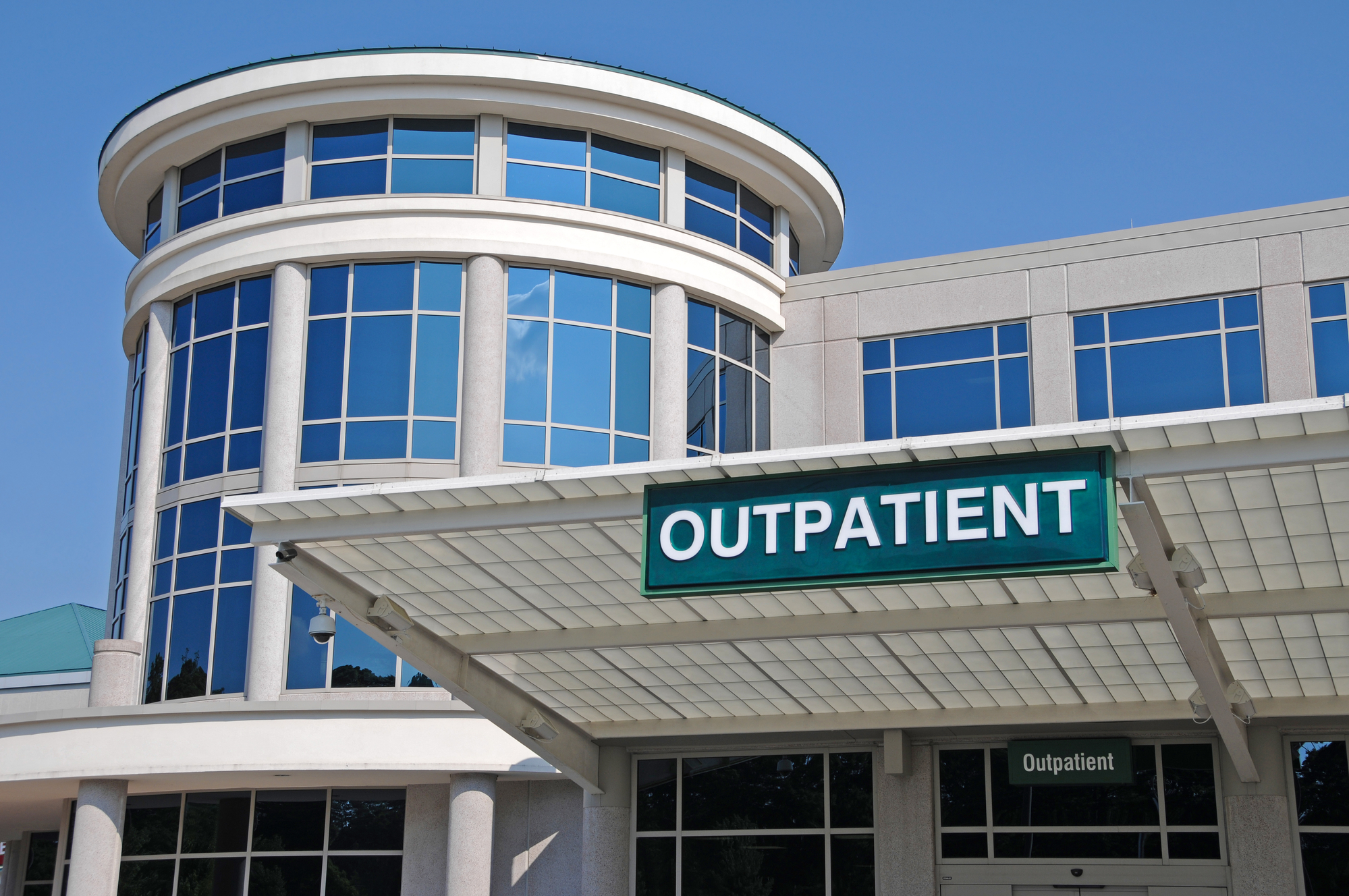Ambulatory surgical centers, commonly referred to as ASC’s, serve a vital role in today’s healthcare environment. Unlike hospital operating rooms and the hospital-affiliated surgical centers found on medical campuses, the ASC’s possess a physician and corporate ownership structure. Decision-making, billing and business operations are commonly made by the physicians, who are both owners and are performing surgeries within their centers.
Prior to the evolution of ASC’s, surgeons would receive operating privileges allowing them to perform surgery within a hospital system. Following a patient’s surgery, the insurance company provided payment to both the surgeon and the hospital. The surgeon’s payment, called the professional fee, covers the financial overhead for his practice and the time spent on the actual operation. The hospital’s payment, called the facility fee, covers the cost to the facility for providing the surgeon with the necessary space and equipment to perform the operation. These costs include the time for the operating suite, the salaries for the nurses and ancillary staff that serve vital roles during the surgery, and the surgical equipment needed to perform the specific surgery.
As surgical technology advanced and techniques evolved, the most common surgeries, once requiring long hospital stays for recovery, quickly evolved into ones allowing patients to leave the same day and recover at home. As a result, ambulatory surgical centers began to spring up across the country to accommodate these common surgical procedures. Similarly, to keep pace and to make their operating suites available for more complex surgeries, hospital systems began to create out-patient surgery centers of their own. To date, there are more than 6,100 ambulatory centers currently operating in the United States, performing approximately 7 million surgical and diagnostic medical procedures annually.
As this system began to take root and experienced substantial growth, agencies at the state and national level began to exert their regulatory influence on the types of procedures and the requirements that needed to be maintained to insure safe operating standards. Individual states have their own licensing requirements regarding the certification and licensing of facilities deemed appropriate for performing surgical procedures. The appropriate setting for a specific surgery is continually evaluated by the federal Center for Medicare Services. To date, there are approximately 1700 surgeries designated as “in-patient” only, thus requiring a hospital setting in which to be performed. Due to improved surgical safety measures, this list is evaluated annually and several surgeries are typically removed (in 2018, eight were removed), thus allowing them to be performed in an ASC setting.
Though these standards have made maintaining certification both more difficult and expensive, it helped to create and maintain a vital asset of the US healthcare system that is a major driver for lowering costs related to the surgical needs of the aging United States population. ASC’s are developed to perform specific services with specially trained staff in a more efficient manner. Through streamlining the process from patient admission to discharge, ASC’s operate as a more cost-effective alternative to their hospital counterparts. As a result, Medicare has designed its payment schedule to account for these efficiencies. Medicare reimburses as a percentage as compared to hospital out-patient departments. For instance, in 2003 Medicare paid 83% of the total bill for the same services. As efficiencies improved, that total is now on 53% as compared to hospital-based departments. Private insurance companies followed suit, adjusting their fee schedules as a result of the increased efficiencies and decreased costs associated with ASC’s.
United States government spending is, and will continue to be an important federal economic indicator. Based on the latest estimates, US healthcare realized a 3.9% increase in the last year, reaching 3.5 trillion USD. Based on the current population, that is equivalent to spending 10,739 USD per person annually. Through the utilization of ASC’s for out-patient procedures, Medicare recognized a savings of 2.3 billion USD and private insurances a savings of over 5 billion USD for their beneficiaries.
Though the savings is only a small portion when compared to total US spending on healthcare, it is quite impactful when compared to the total amount spent on surgery. An evaluation of current utility rates has also shown that ASC’s are being underutilized, even as a larger number of surgeries are being cleared for the out-patient setting. Some of the factors include surgeon or patient preference, but many times it is an access problem due to geography or patient or provider insurance. To date, only 48% of procedures safely approved by CMS for ASC’s are actually being performed in an ASC. If the “other” 52% of procedures were performed in an ASC, it would add up to over 41 billion USD in savings.
Aside from the convenience and financial factors that ASC’s provide, these highly regulated centers also provide a level of safety to the patients that they serve. Center for Disease Control data shows a large reduction in the incidence of surgical infections within 30 days of the initial surgical procedure. Infections occurred at a rate of 4.9 per 1000 patients in an ASC, versus 8.95 per 1000 patients in a hospital out-patient setting. The associated cost for treating these post-operative infections further highlights the cost disparity associated with ASC’s versus their hospital counterparts.
Technological advances come at a cost. Though the devices common to today’s surgical procedures are quite expensive, they have given surgeons the ability to perform these procedures more rapidly and with much fewer complications. Our healthcare system needs to continue this evolution, capitalizing on these procedures in the lower-cost ambulatory setting. The financial savings is too great to ignore. As our population continues to age and to live longer, it is important to utilize every avenue available to stretch our healthcare dollars. Ambulatory centers are the present, and are a valuable part of our future success.


